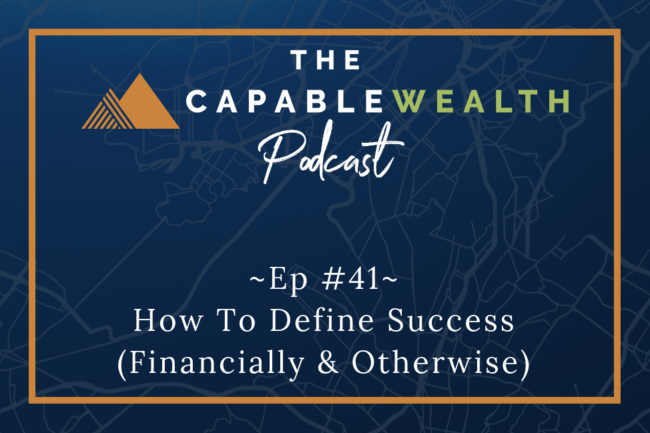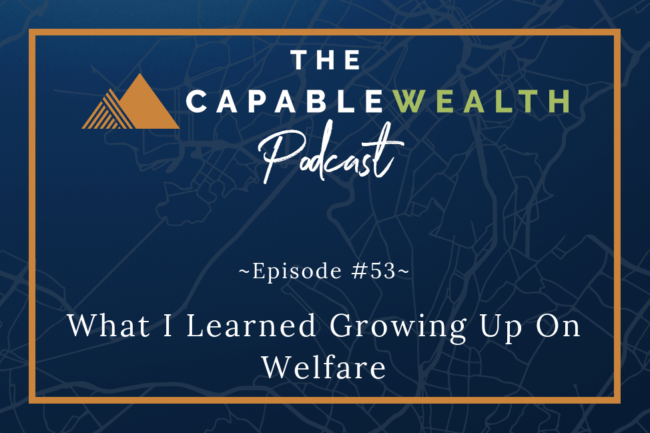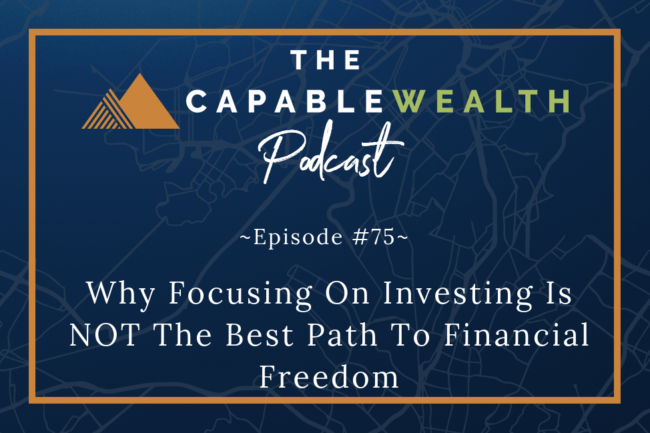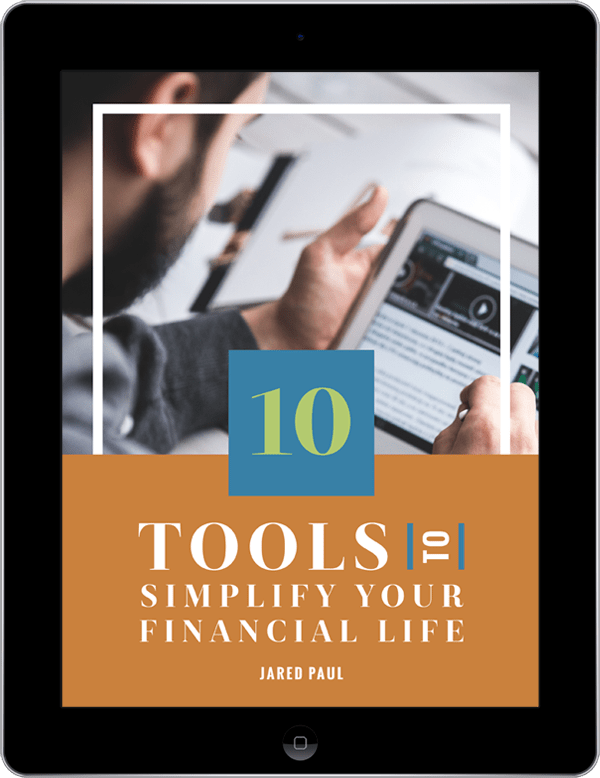Investing isn’t easy. It can’t be. If it was easy, everyone with an investment account would be filthy rich!
The media outlets make it seem like it’s easy by continuing to show the lucky few who have amassed great wealth through investing. Or they highlight the 20-somethings who put in a few thousand dollars into Bitcoin 8 years ago and are now millionaires.
So many people are looking to make it big by finding the next hot stock, and they are willing to do whatever it takes to find it.
Unfortunately, even if you find some great stocks along the way, the majority of people are unlikely to be successful in investing because of a handful of very specific handicaps we all have.
Although, there are ways to stack the deck in your favor. But first, we have to understand why the odds are against us.
THE PSYCHOLOGY OF BAD INVESTING
The root problem that causes most people to be poor investors is actually quite simple: Human beings are irrational, and tend to make poor choices at inopportune times.
In a seminal personal finance book called Misbehaving, American Economist Richard Thaler challenges the preconceived notion that humans are rational beings.
It used to be thought that given a series of options, people would choose the most rational option that best meets their needs. But after years of research, studies show that our emotions play a much larger role in our decision-making than previously believed.
In fact, for most of us they play the biggest role.
This leads a lot of us to make decisions based on what we “feel” is the best choice, instead of looking at things logically and picking the best choice based on actual statistical evidence.
BAD DECISIONS IN INVESTING
Each year, Dalbar, an independent rating agency in the finance world, puts out an annual study analyzing investor behavior. In that study they show the investment returns of different types of investments over long periods.
What their study has shown is that over 20-year periods, the average equity fund investor (AKA – Your average Joe) consistently underperforms the overall stock market, and by quite a lot.
In the most recent study (2017), the 20-year average for the S&P 500 (Stock market) was 7.68% per year. For the average investor, they got an average annualized return of just 4.79%. That equates to a gap of 2.89% each year!
A great visual representation of why this happens this comes from the Investment Company Institute. They track a wide array of statistics in the investment industry, one being the purchases and sales of mutual funds over time.
The chart you can see here shows that when the stock market is doing well, people tend to put more money into it. And when it is doing poorly, they take money out. In essence, they are buying at “highs” and selling at “lows” – which is the exact opposite of what you want to do when investing.
This helps to explain why there are big gaps between the average market returns and what the average investor is experiencing.
THE BEHAVIOR GAP
Carl Richards is the author of a book called The Behavior Gap, and has spoken about this phenomenon frequently.
The Behavior Gap is the gap we just went over – the difference between the rates of return you could earn by investing in a diversified portfolio and letting it work for you, and the rate of return you would earn if you moved your money around in an emotional response to what is happening in the stock market.
This is an important phenomenon to understand.
ACTIVE VS PASSIVE INVESTING
For a long time there has been a debate between the merits of active vs passive investing.
The basic premise is that active investors think they can beat the market returns by cherry-picking investments they believe will perform better, while simultaneously avoiding investments that will underperform.
Passive investors don’t try and cherry-pick. Instead, they will buy an investment like an index fund that will map the market as close as possible, so they’ll experience the returns of the stock market.
For many reasons, I believe that passive investing is the way to go. If you want to know specifically why, check out an article I wrote titled “Should You Use Active Or Passive Investing?”
The main reason I believe this isn’t even a debate is because when you’re arguing over the ability to beat the market, but the average investor doesn’t even earn a return near what the market earns, it’s an irrelevant conversation.
I call it a “top-of-the-gap” discussion, because it’s debating if you can beat the stock market, which is at the top of the behavior gap we discussed earlier. And the reality is that most people are at the “bottom-of-the-gap.”
The conversation shouldn’t be about beating the market, it should begin with figuring out how to close the gap.
3 CAUSES OF POOR INVESTMENT RETURNS
According to the Dalbar study we referenced earlier, there are 3 main reasons why investors regularly fall short.
- Psychological factors
- Capital not available to invest
- Capital needed for other purposes
These findings tell me a few things.
For starters, it further supports that people are emotionally unfit to invest, for the most part.
It also tells me that by not properly setting up your financial foundation (i.e. – Having an emergency fund, and properly allocating money to invest) you open yourself up to external forces impacting your ability to stay the course.
After all, if an emergency arises and you don’t have an emergency fund, but you have your investment accounts lying around, you will probably be tempted to pull those investments out of the market in order to pay for your emergency. And there is no telling where the stock market will be at that moment in time.
HOW TO FIX YOUR FLAWS AS AN INVESTOR
The key to not making emotional mistakes around investing is planning ahead.
You need to have clear and precise principles of investing, and not get caught up in the “noise” of picking the next big investment!
In an article I wrote called “My Core Principles Of Investing” I lay out specific principles that should be followed when investing. I recommend taking a look. If you don’t have your own, feel free to adopt mine and add whatever you’d like.
TYING IT ALL TOGETHER
The main point about investing is to realize that by being human, and being subject to the irrational behavior of humans, we are all at an initial handicap. Only those rare individuals who have a Spock-like ability to turn off the emotional side of their brains are able to avoid doing stupid things at the wrong time.
Even some of the best investors of all time have discussed how they put in place processes and safe-guards to make sure they don’t act foolishly at the wrong time.
So, don’t feel down that we aren’t built for investing. This doesn’t mean we can’t use the information we have to set ourselves up to experience the best outcome possible.
You just have to plan ahead, and make sure your own brain doesn’t end up causing you a lot of heart-ache.
Capably Yours,
Jared















